
Pro Tips for Beachcombing
Erika Zambello and Stephanie Panlasigui, authors of Seashells & Beachcombing for Kids, are giving us some pro tips on how to prepare for a successful beachcombing trip.
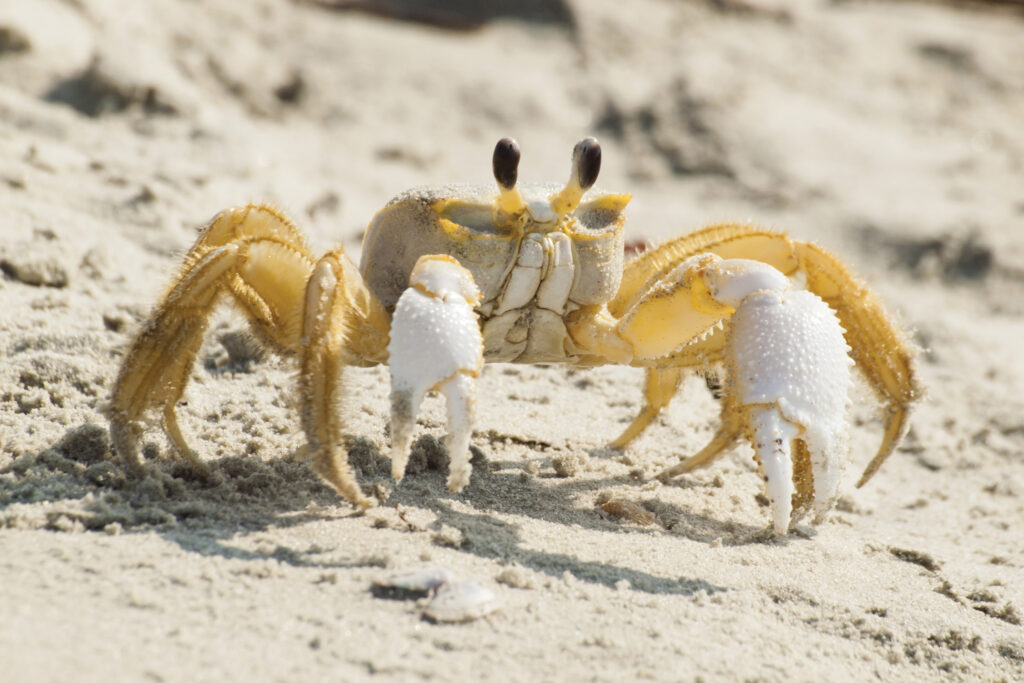
Sunscreen
Pack sunblock for protection from sunburn. You can also wear a hat, sunglasses, and long sleeves to protect your skin from the sun.
Water and Snacks
A day in the sun is hot, so it’s important to bring water and snacks to keep you hydrated and fueled for a day of adventure.
Life Jackets/Swimming Safety
If you’re swimming or going into the water, always have an adult with you or supervising, be sure to wear a life jacket/flotation device, and swim with at least one (or more) people. Your adult guardian may also consider carrying a water-rescue throw bag.
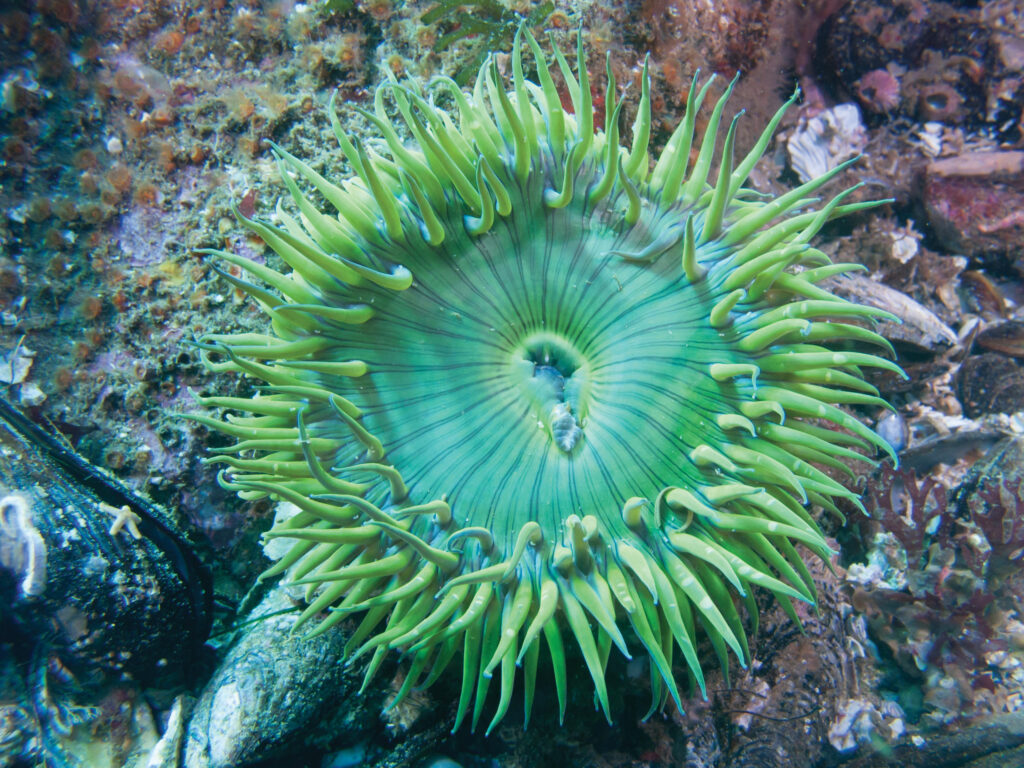
A Notebook and Binoculars
If you want to make sketches of your finds as you explore, a notebook is a great addition to a beach
bag, and so are binoculars for spotting birds (and even boats/ships) from afar!
Collecting Rules and Etiquette
Check local beach rules to see if you are allowed to take shells home with you or if they should remain where you find them. Collecting shells that are alive—with animals still inside them—is usually illegal, so leave them be! And before you collect any shells, smell them! Anything that smells fishy should stay at the beach.
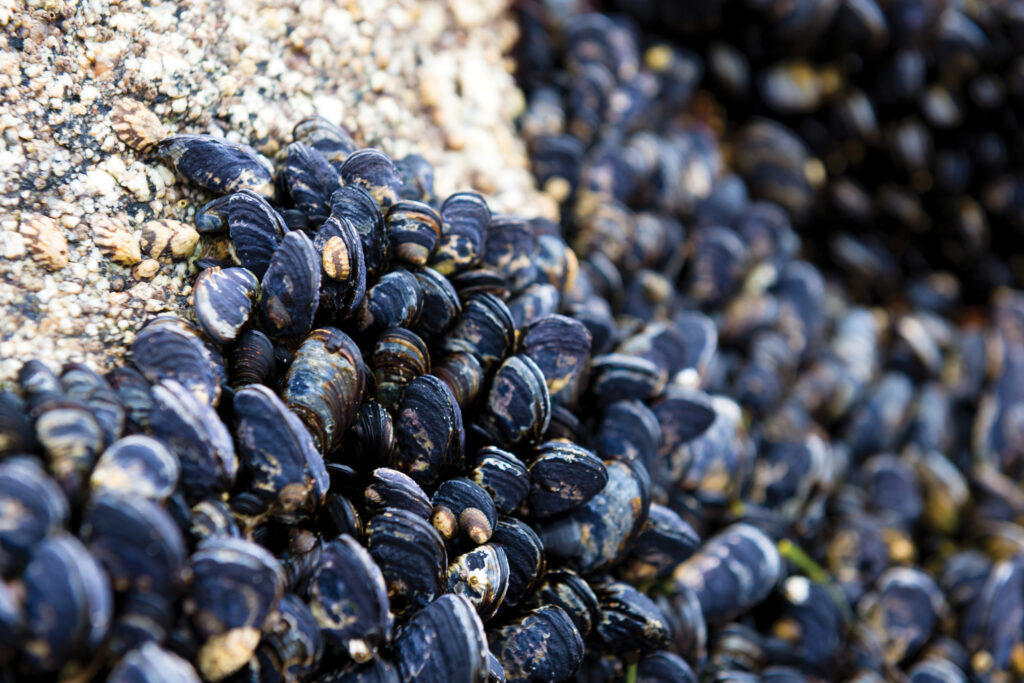
Leave No Trace
The saying “leave no trace” means that when we visit a place, we leave it in as good a condition as we find it—or better! The goal is to leave only footprints behind. Our beaches are a treasure, so please do your best to take care of them.
Know Before You Go
Prepare for your visit by checking the rules for the beach. Take note of the weather forecast and any potential hazards. It’s always a good idea to bring a map!
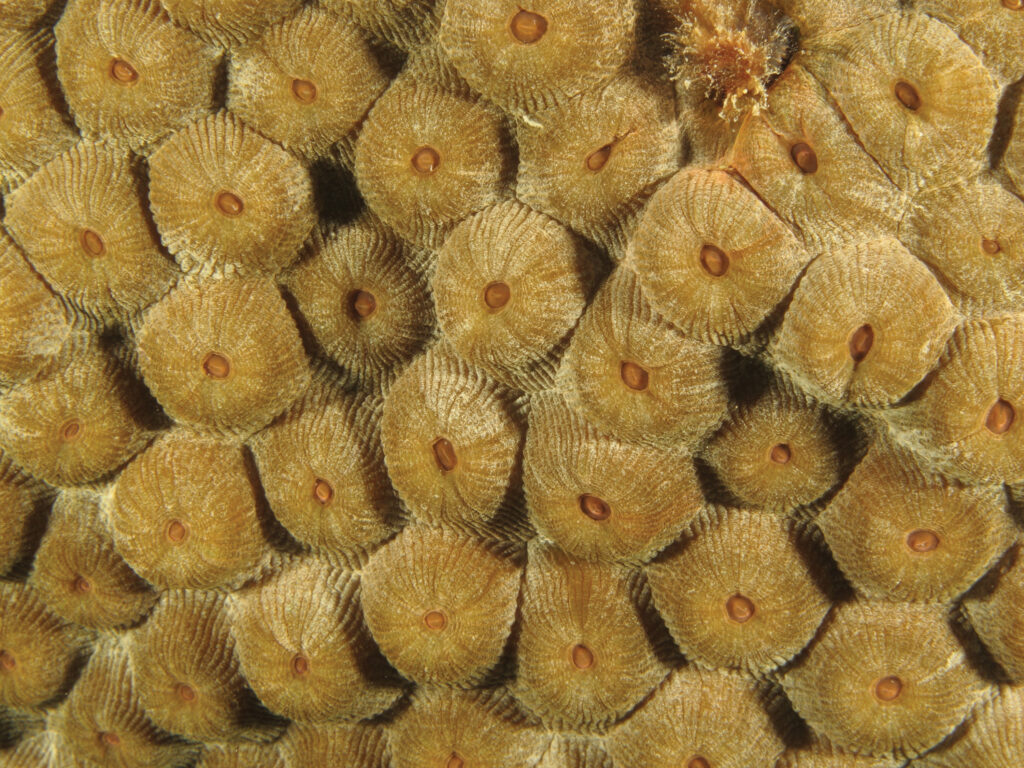
Choose the Right Path
Be sure to walk along maintained trails. Sand dunes are especially vulnerable, so please stay off of them and stick to boardwalks and paved trails instead.
Respect the Wildlife
We share beaches with a variety of wildlife; whenever possible, simply admire beach life from a distance. When you visit the beach, be respectful of the wildlife. Don’t chase birds or get too close to animals.
Leave What You Find
Close observation, photographs, or drawings are great ways to remember what you have seen at the beach. The things you discover belong right where you find them. Leave those discoveries behind to protect nature so other visitors can enjoy them too. If you do decide to take shells home, make sure you leave anything still living right where you find it, and check local beach rules to confirm whether taking shells home is allowed.
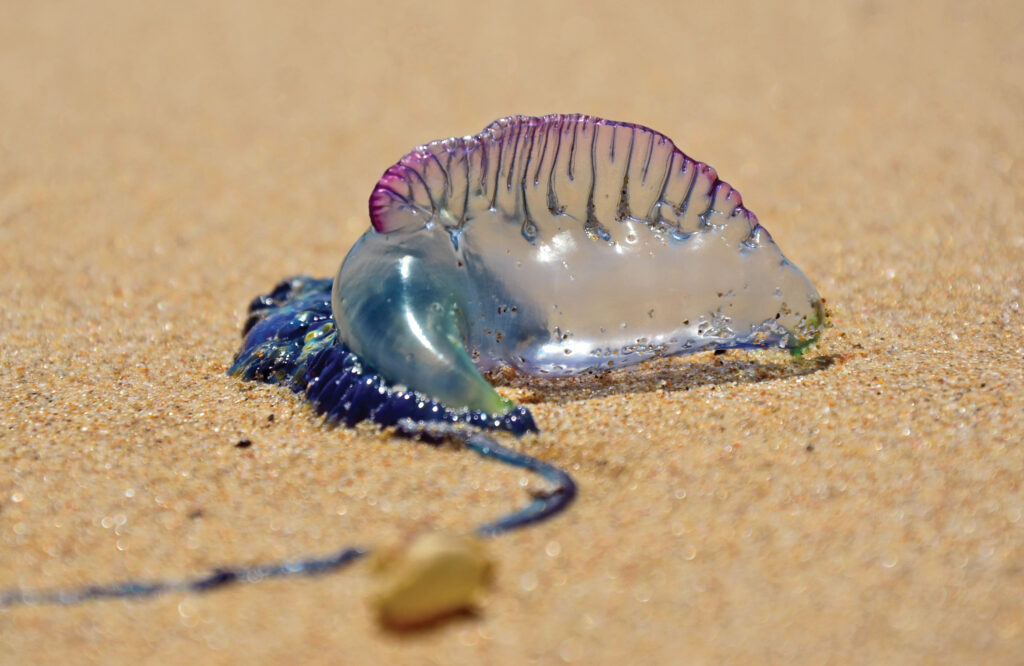
Properly Dispose of Trash
Make sure you place any trash and recyclables in the proper bins. If bins are not available, take these items home with you. Trash can harm or even kill wildlife.
Be Careful with Fire
Campfires can be dangerous and hurt the environment, wildlife, and other people. If the beach you’re visiting allows fires, use established fire rings. Before you leave, make sure you put out the fire completely.
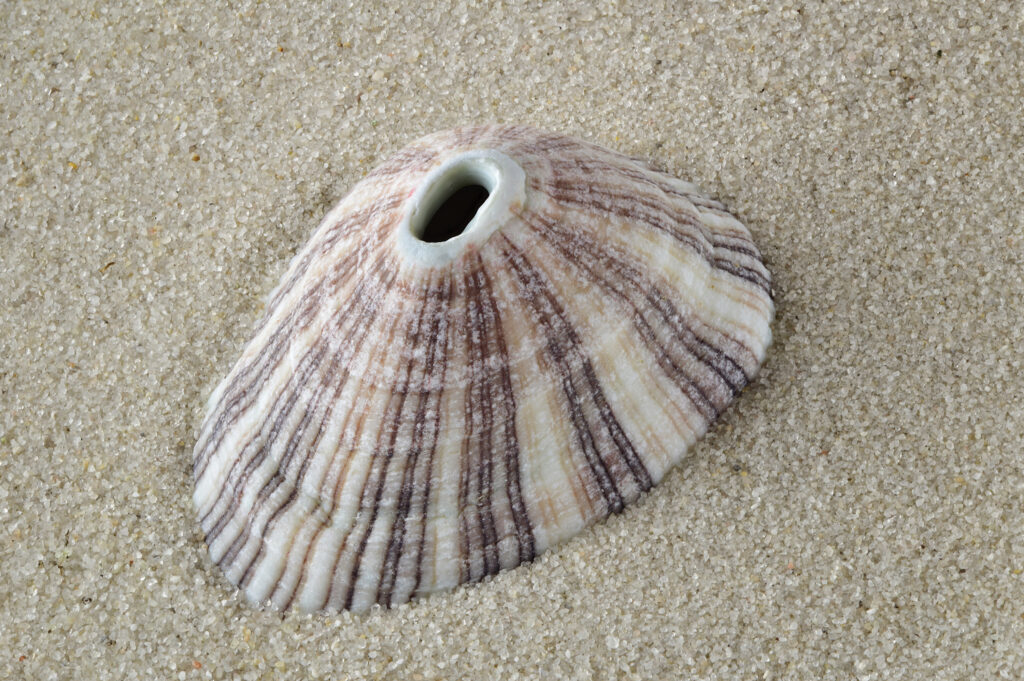
Be Kind to Other Visitors
All the visitors at the beach—including you!—are excited to enjoy their day exploring, playing, and relax- ing. Be courteous and respectful of other visitors so everybody can have a good experience. A little kind- ness goes a long way.


